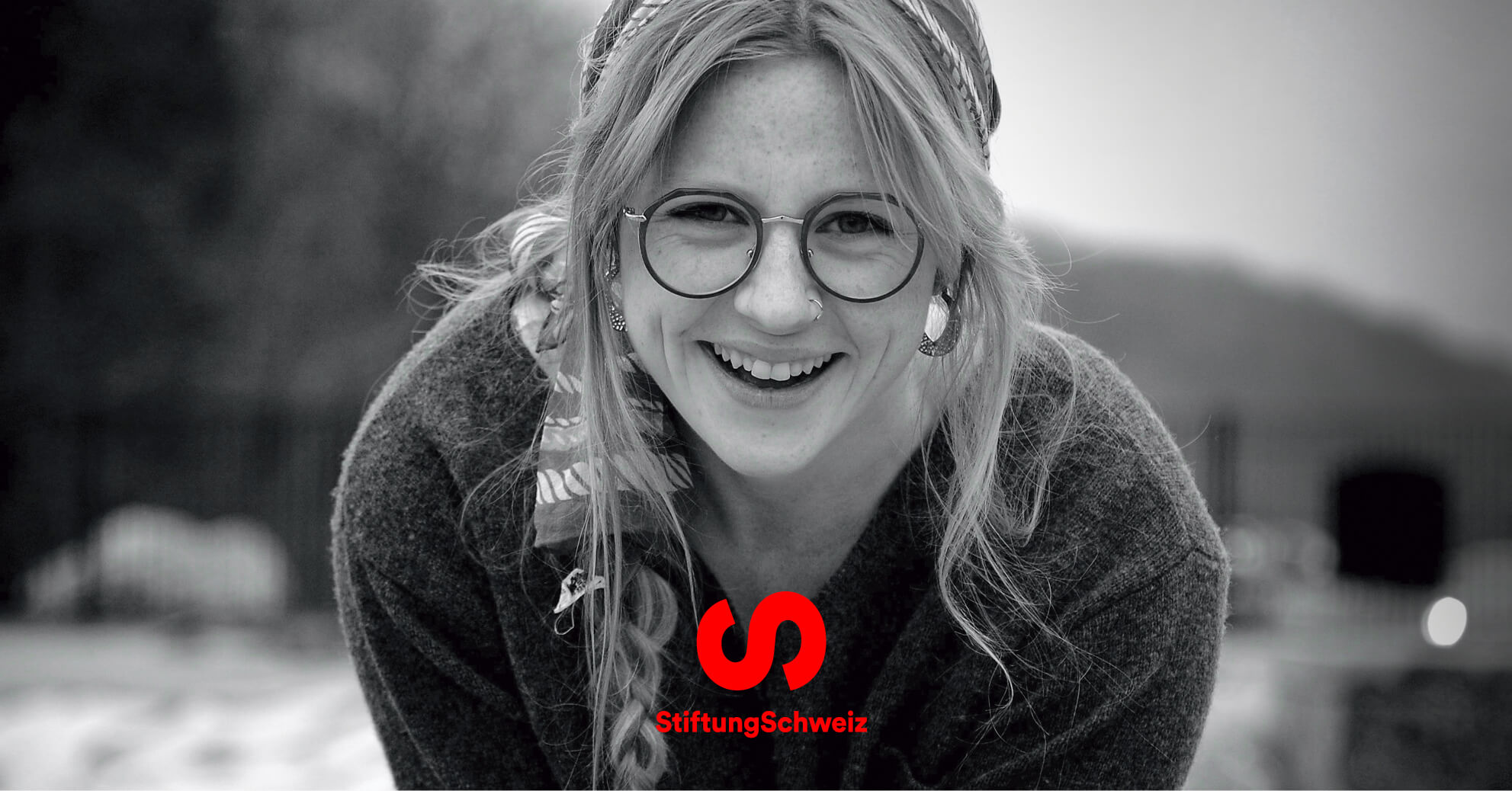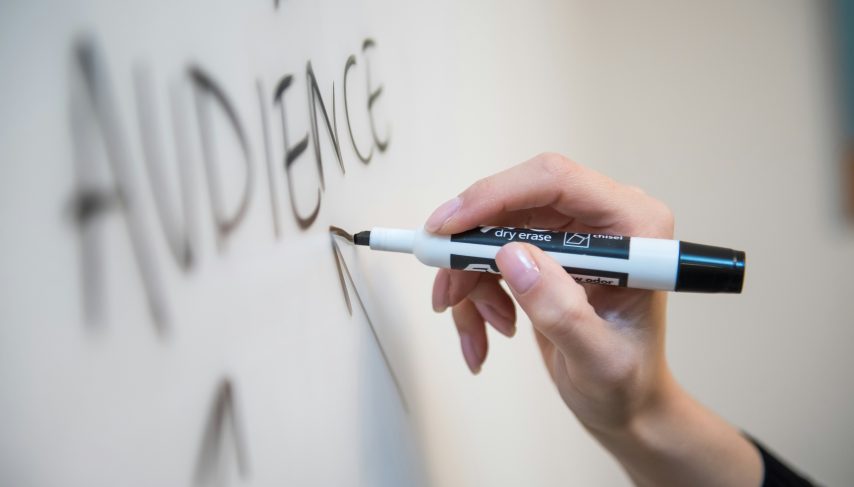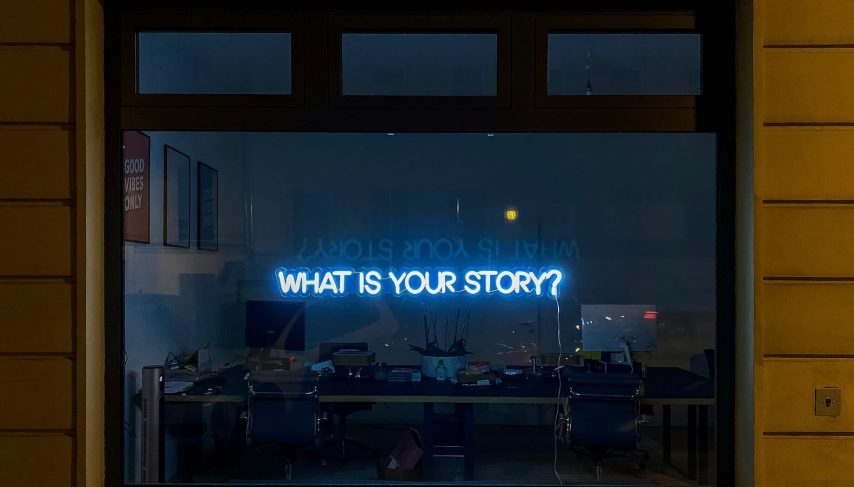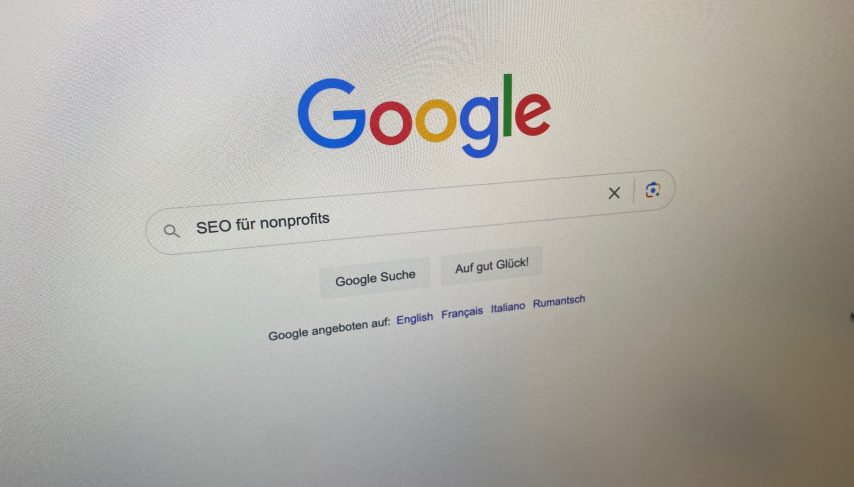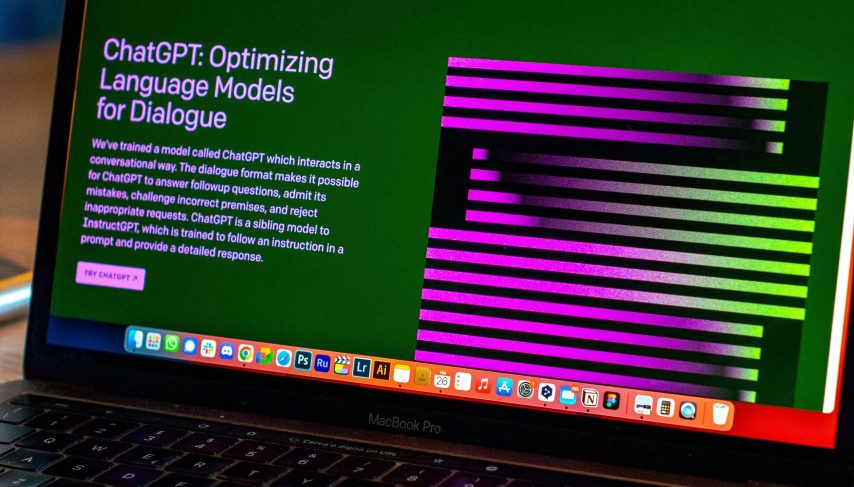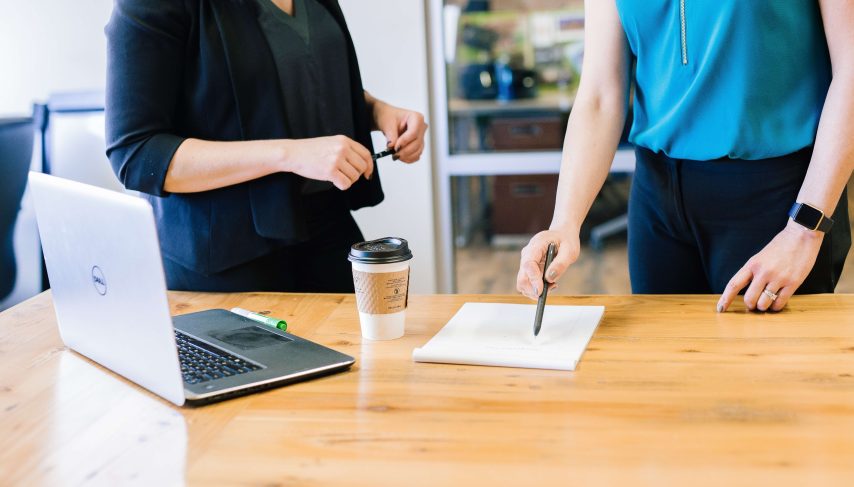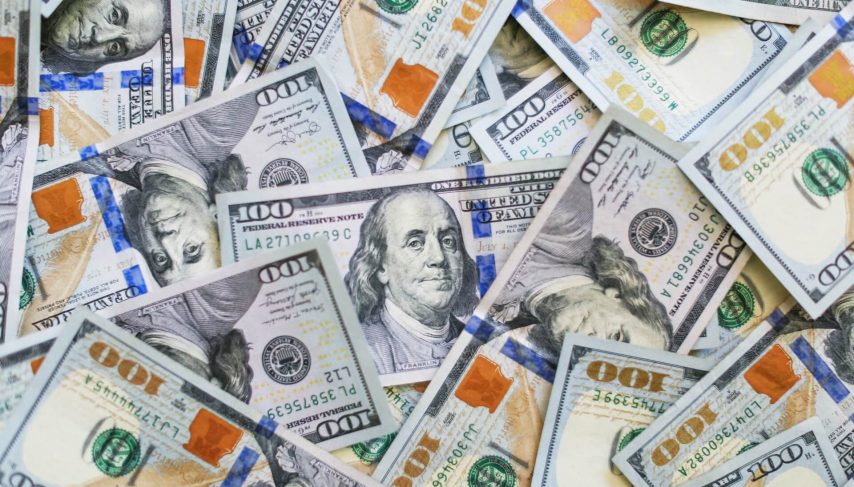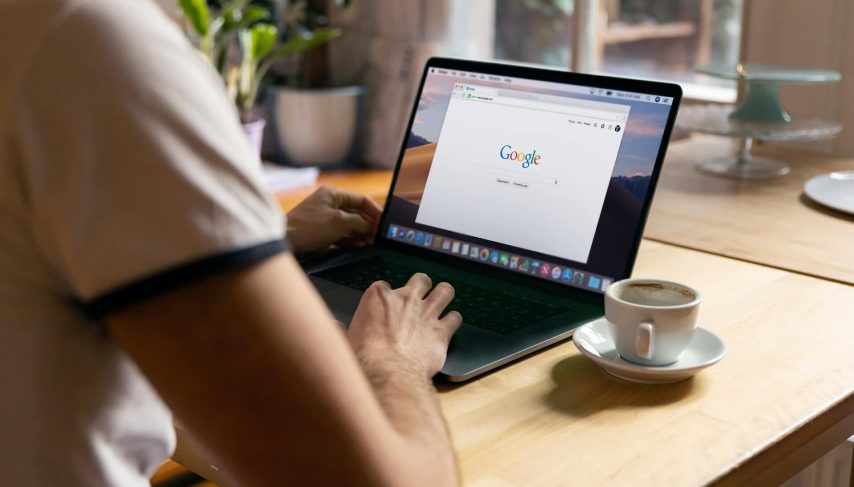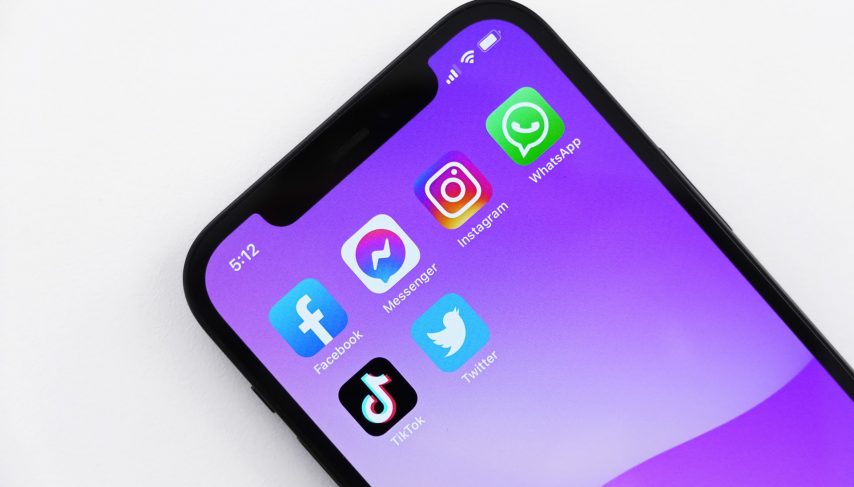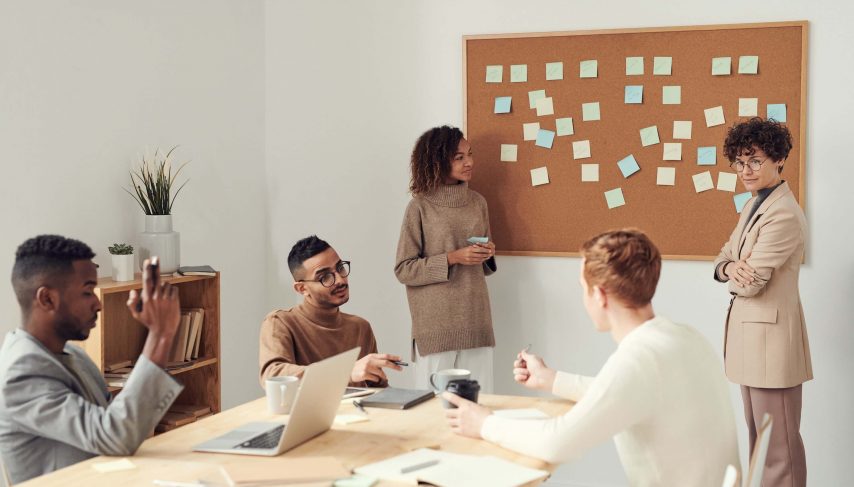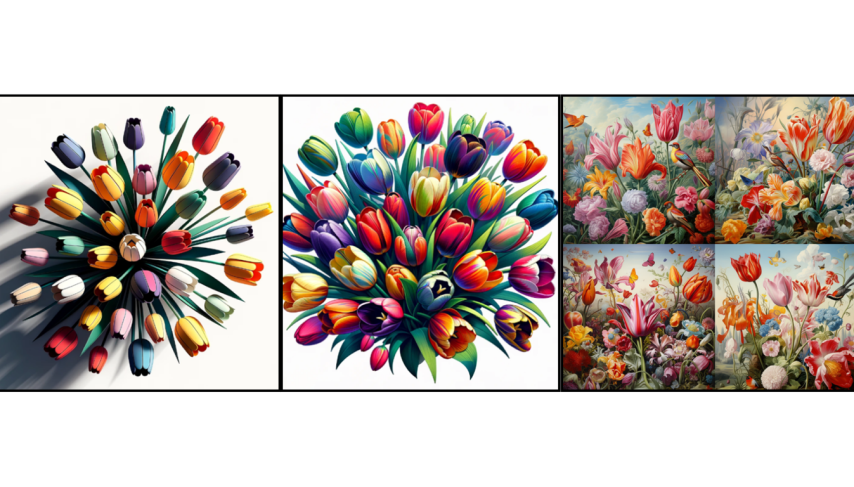
When the iPhone was introduced in 2007 and Facebook became increasingly popular, we sensed the beginning of a major change: the way we communicate and interact was about to undergo a fundamental transformation thanks to the mobile Internet. No one could predict exactly what developments would await us, but one thing was certain: the media industry would be profoundly affected. Today, some 15 years later, we are experiencing a similar emerging energy that presents us with a new turning point.
Development and availability of AI image generation tools
The rapid development of AI-driven image generation tools such as OpenAI’s DALL-E, Midjourney and Stability AI’s SDXL Turbo shows the new ways of communication. Many things will change, including how we convey and receive messages. These technologies, which were originally only accessible to a select group, are now widely available and enable impressive professional illustrations, photos and paintings.
Watch the video and observe how the image changes immediately when the prompt is adjusted. Note: SDXL Turbo is not (yet) intended for commercial use.
Challenges and risks
An increasing volume of content, both in text and image form, also leads to an increase in fake news. One example of this was an AI-generated image of an explosion next to the Pentagon, which was shared via a fake Twitter account and caused the US stock market index to briefly plummet by 2 percent. This example underlines how difficult it can be to distinguish between reality and fiction and highlights the importance of trustworthy communication channels. But if these channels also fail, this causes great damage, such as a loss of trust: this applies to media companies as well as to organizations and brands that depend on the credibility of their communication. Misinformation in the public sphere: This can lead to confusion, uncertainty and false beliefs, especially in crises, and make crisis management more difficult. Media literacy will therefore become an important resource in the future, which must also be communicated throughout society.
Different perspectives
Opinions on the use of AI in communication are divided. Experts such as the American AI ethicist and linguistics professor Emily M. Bender express their concerns about the use of AI in sensitive areas such as education and healthcare. Their concern is that AI could reproduce prejudices and reinforce discrimination. In contrast, Sascha Lobo, publicist, emphasizes that we must not focus on what can go wrong, but on the need to be progressive with AI technologies and set standards so as not to be left behind by other countries. Niklas Thomsen, CEO of The Atlantic, discusses how AI should be regulated and how we need to think about the dangers of AI. Thomsen identifies several levels of the AI problem: in the short term, AI accelerates trends such as fake news; in the medium term, it could replace simple jobs while others are created; and in the long term, there is the alignment problem, where AI could become a threat.
Fields of action
Almost 80 percent of young people in the UK use generative AI tools and services, according to a study by Ofcom (the UK’s media regulator) . Snapchat’s My AI is particularly popular. Young people use generative AI for fun, work and study, for chatting, searching for information and for creative activities such as writing texts and creating images. Ofcom will also continue to monitor the safety risks of AI technology to ensure safe and ethical use, where the boundaries between reality and digital creation can become blurred.
To better work with AI and understand its potential, organizations and individuals should carefully review and verify information, create AI policies, build trusted channels and gain AI experience. You yourself should become an AI expert in your organization and think strategically about your communication and fundraising – align thematically and with appropriate imagery that underlines the message of the respective target group and creates emotional connections. In this blog, we will show you how you can get started with testing and what examples already exist in the sector.
Practical applications of AI images
One agency boss decided to use only AI images for a campaign. Instead of traveling to Asia to take photos, the team created AI-generated images that were almost indistinguishable from the real thing. This has enabled them to avoid costly travel and simplify time-consuming processes. There are already numerous examples that show how AI is changing the way we work. From the creation of visual content to the personalization of advertising messages, AI enables new, creative approaches. Here you will find some practical examples.
AI-generated image practical examples
Some organizations and companies are successfully using AI images in their communications. For its Swiss Journey 2085 campaign, WWF Switzerland used AI based on scientific data to visualize future images of how Swiss landscapes could change over the next 60 years and showed, for example, a future version of the Rhine Falls.
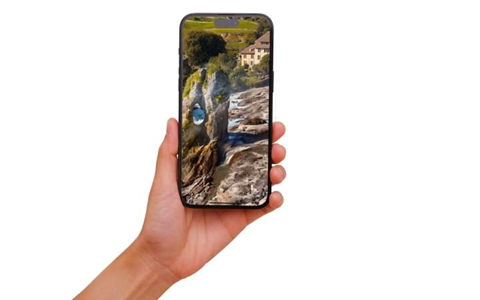
For some, however, it does not have the expected effect: Amnesty International experienced something surprising when they used AI-generated images to illustrate a report on police violence in Colombia. The idea behind this was not to endanger people present (in Colombia). Despite being labeled as artificially created, the images had to be removed due to public criticism: You can find the report in Der Spiegel here. Afri Cola, on the other hand, experimented with the playful side and handed over marketing to AI tools such as ChatGPT and DALL-E for 6 weeks to bring fresh impetus to their advertising campaigns.
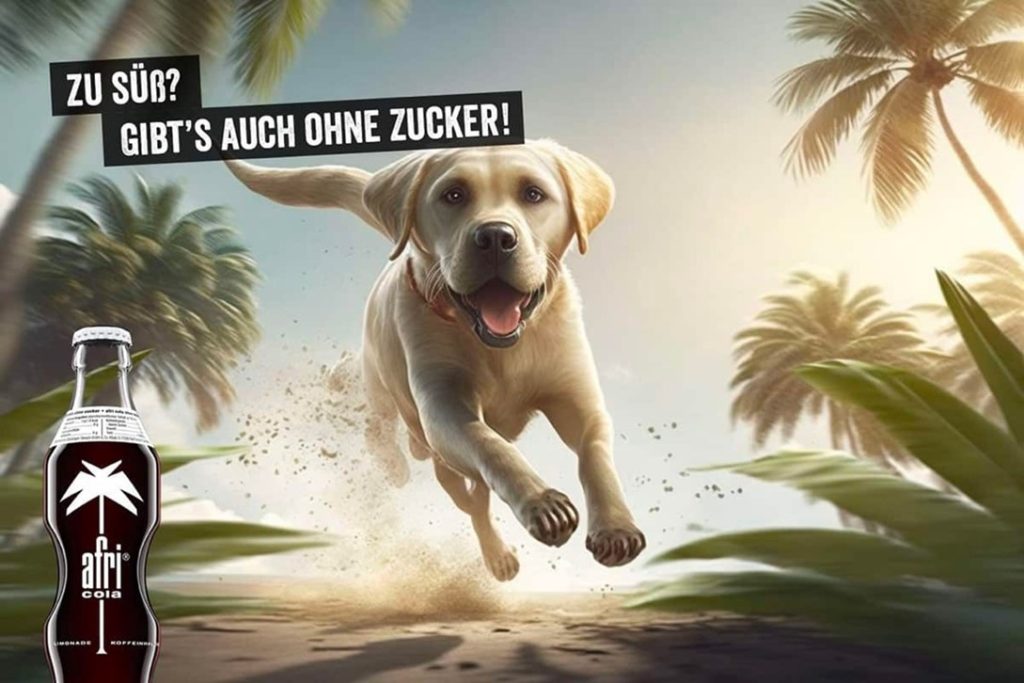

For a marketing campaign, Homegate used AI-generated images that were created using the Midjourney tool. The resulting motifs looked very realistic, which made the entire campaign visually appealing and authentic. Prompts used included: “photo of a friendly mid-aged lady in a bedroom, all in yellow, with plants, sunny -s 750 -q 2” with subsequent AI learning processes. According to the swiss marketplace group (smg), the campaign probably exceeded all expectations and targets in terms of both supported (including top-of-mind) and unsupported brand awareness(read more). The small Mulinetto winery used artificial intelligence to develop the motifs for their new advertising campaign with unique visual content that presents the brand and its products in a new way. According to Horizont, the campaign made it into the Lürzer’s Archive, which presents the best works of the creative industry worldwide every four months(read more).
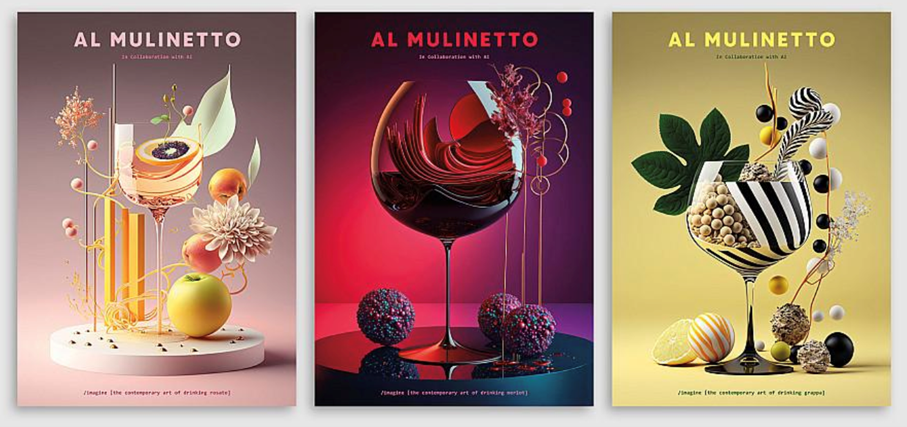
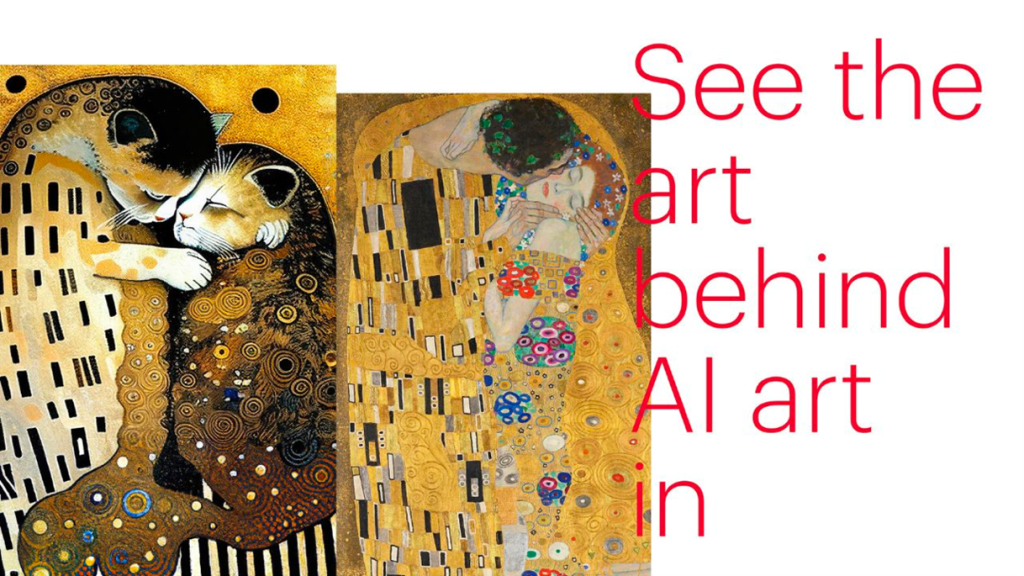
Vienna Tourist Board launched an AI campaign “UnArtificial Art”, which combined AI, cats and art by reinterpreting well-known paintings such as “The Kiss” by Klimt with cat motifs using AI. This campaign aimed to raise awareness of AI art while encouraging people to explore the real-life artworks that formed the basis for the AI creations(read more). These examples show how AI image generation is used in different industries and for different purposes to present both the brand and the products or cause in a unique way.
Who has the right to the AI-generated image?
The legal situation regarding AI-generated images has not yet been conclusively clarified, is legally controversial and is the subject of numerous discussions and court rulings, particularly with regard to ownership and usage rights. In many countries, they are not protected by copyright because they lack human creativity. AI itself cannot be regarded as an author within the meaning of copyright protection, as a personal intellectual creation is required. This raises questions about the extent to which AI-generated content enjoys protection or whether and how it may be used freely.
There is a risk of copyright infringement with AI-generated images, especially if they are visually too close to existing copyrighted works. A manual check before publication is therefore always recommended.
Copyright for AI training data
When using AI tools, every user should familiarize themselves with the terms of use. This includes the legal admissibility of the data used for text and data mining as well as the obligation to delete data when it is no longer required. Rights holders can prohibit the use of their works by means of a user reservation.
Is there a labeling requirement?
There is currently no legal labeling requirement for AI-generated images. The requirements for labeling depend on the terms of use of the respective tool provider. The EU AI Act, which is still being negotiated, could introduce a regulation for mandatory labeling in the future. OpenAI, Google and Meta are in the process of developing a system that will be used to watermark AI content in the future.
Image processing with AI
These tools focus on changing or improving existing images. For example, you can make color corrections, remove or add objects, change backgrounds and improve the image quality. The process is simple: you insert the image and enter a text-based instruction about what you want to change in the image. Or click on the available options. The AI interprets your instructions and adjusts the uploaded image accordingly.
4 free AI tools for image editing
There are free options for beginners and interested parties. These tools make it possible to immerse yourself in AI-supported image processing and try it out without much prior knowledge:
- Clipdrop by Stability.AI: Clipdrop offers a broad suite of AI-based image editing tools. In the free version, images can be created in digital (low) resolution.
- Canva: Offers 50 free images per month and is ideal for general design applications.
- Dream Studio: Allows one-time free use up to 25 credits.
- Adobe Firefly: 25 images per month.
Image recreation with AI
New images based on user input, usually in the form of text descriptions (prompt), can be created using the following tools. They create unique images, for example from text prompts, combining features of different images to create a new image or generating images that correspond to certain artistic styles.
8 AI tools for image recreation
The following list could be continued, but should suffice as an introduction.
| Tool | Description | Strengths | Areas of application |
| DALL-E (OpenAI) | Generates detailed, creative images from text descriptions. | High creativity, flexibility in image generation. | Art, design, advertising, creative projects. |
| Bing Image Creator (DALL-E) | Creates high-quality images and artwork based on text descriptions. | Fast generation, user-friendly interface. | Art, design, advertising, creative projects. |
| Adobe Firefly | Adobe’s AI-based tool for graphic design and image editing. | Professional image processing. | Graphic design, advertising, professional image processing. |
| Midjourney | Focused on works of art and visual content. | Aesthetically pleasing, artistic results. | Art, high-quality visual projects. |
| Stability.ai DreamStudio | Platform from Stability AI for the creation of images and artworks. | Extended options for image composition, high level of detail. | Art, design, creative image generation. |
| Leonardo.ai | AI-based tool for creating images and artworks. | Versatility in image design, creative freedom. | Creative image design, art, design. |
| DeepDream (Google) | Changes existing images into dream-like visualizations. | Unique, artistic effects. | Artistic projects, experimental design. |
| RunwayML | Offers various AI models for creative purposes. | User-friendly and versatile. | Art, design, education, research. |
Meta AI image creation was previously only possible on Instagram and in Messsenger Chat. Now “Imagine” can also be used outside of these platforms – but so far only in the USA. Generated images are given a visible marker. In future, this will be replaced by invisible watermarks that cannot be removed.
Application example: Prompts for image creation with DALL-E
With AI image generation tools, you can create virtually any image you want, whether it’s a stunning sunset, a picturesque landscape or an adorable bunny in a flower meadow. There are no limits here. You can enter color values, define backgrounds, determine depth of field, shadows, etc. For example, enter
Prompt for DALL-E (in the ChatGPT of OpenAI):
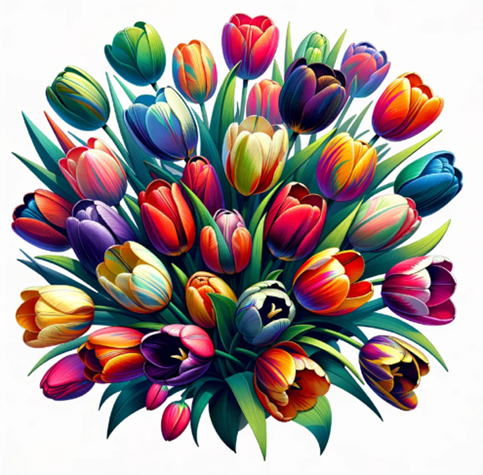
Create a picture:
- Motif, Content, Theme: Bouquets of flowers
- Surroundings, Details: Tulips colorful
- desired style: : Illustration, Graphic, on white
- Exposure: very detailed
- Bird’s eye view
- Background: #FFFFFF white
Prompt for DALL-E (in the ChatGPT of OpenAI) or Bing Image Creator:
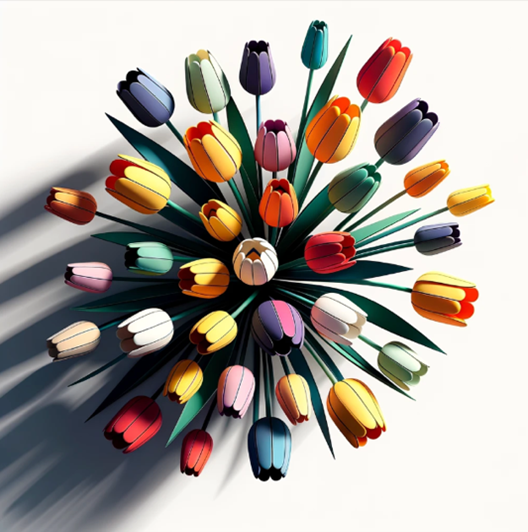
Create a picture:
- Motif, Content, Theme: Bouquets of flowers
- Surroundings, Details: Tulips colorful
- Desired style: simplified illustration
- Exposure: very detailed
- Bird’s eye view
- Background: #FFFFFF white
- Simple minimal
Prompts and parameters for Midjourney
In addition to the description of the desired content, the so-called prompt, Midjourney also gives you access to a variety of settings, parameters and additional functions to get the desired image exactly as you want it. The more clearly you tell the AI what the image should look like, the better results you will get.
Image generation with Midjourney is “special” compared to other tools. It’s not easy to get started, but it can be worth the effort. The tool can do an enormous amount that is not apparent at first glance. The following video shows an introduction to the Midjourney. The video also explains the “promt helper” and supports you in entering commands for Midjourney. You can also upload images to Midjourney and use them as a template to create a new image with your text prompt. Watch the video in which these points are explained:
If you want an overview of midjourney parameters, you can also use the internet search (set search filter to last month if necessary) and read blog posts. Or consult ChatGPT or another AI tool.
Prompt for ChatGPT: Please create a table with important information for a midjourney promotion so that I can create the desired images. Please list the 10 most important parameters. Insert in the respective column per parameter: Parameter Parameter notation with example values Specific explanation Application Default.
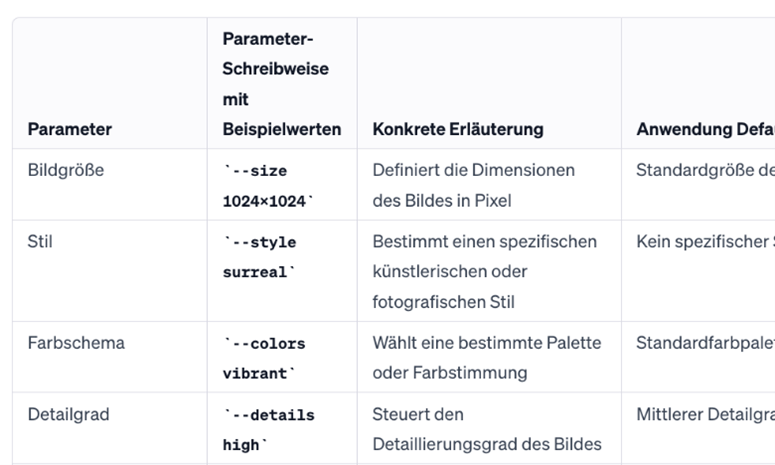
If you have a precise idea of your image, ChatGPT could also help you.
1. prompt for ChatGPT to create a picture in Midjourney
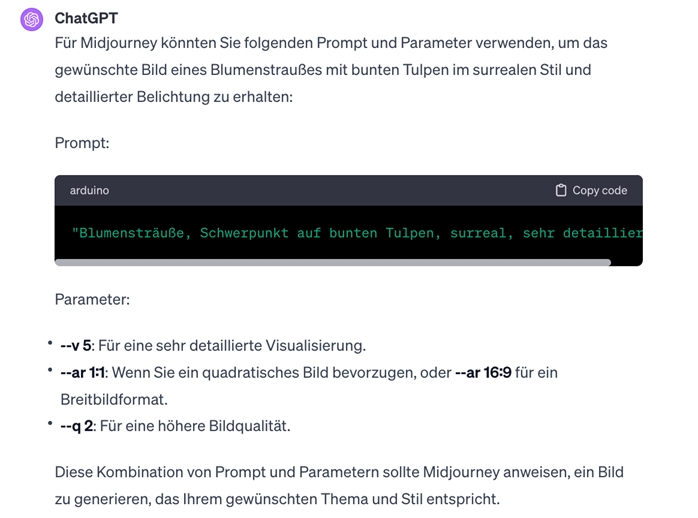
Which prompt and which parameters do I enter in Midjourney to get the following picture?
- Motif, Content, Theme: Bouquets of flowers
- Surroundings, Details: Tulips colorful
- desired style: surreal
- Exposure: very detailed
2. prompt for ChatGPT to create a picture in Midjourney:
From perspectives to light descriptions, please name 10 possibilities that I can enter in Midjourney.
Parameters, perspectives, colors, styles, cameras, lenses, artists, light descriptions
Create a surreal image
Prompt in Midjourney: /imagine bouquets of flowers, focus on colorful tulips, surreal, very detailed, bird’s eye view -v 5.0 -ar 16:9
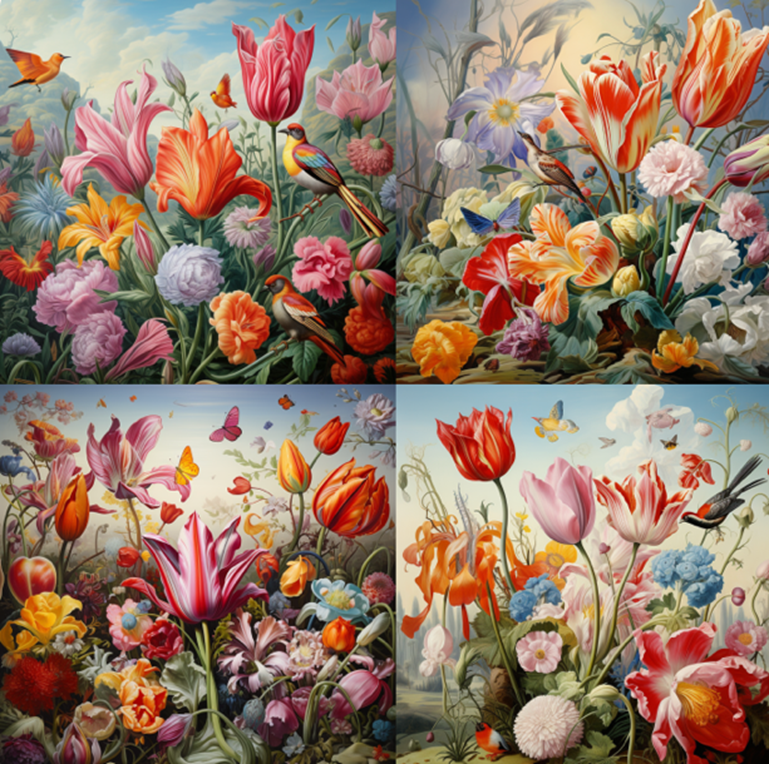
Create illustration
Prompt in Midjourney: /imagine simplified illustration, bouquets of flowers, focus on colorful tulips, very detailed, bird’s eye view -v 5.0 -ar 16:9 , Simple minimal, –ar 3:2
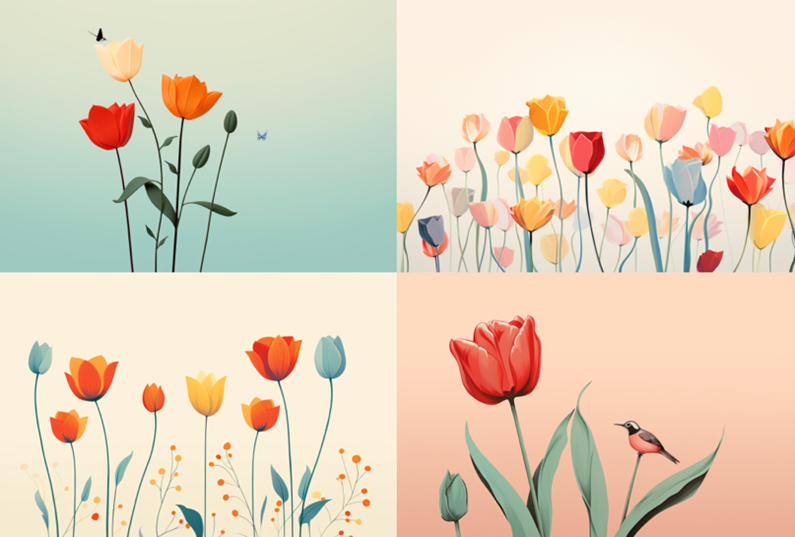
Create a photorealistic image
Prompt in Midjourney: /imagine bouquets of flowers, focus on colorful tulips, very detailed, bird’s eye view -v 5.0 -ar 16:9, 8k, photography
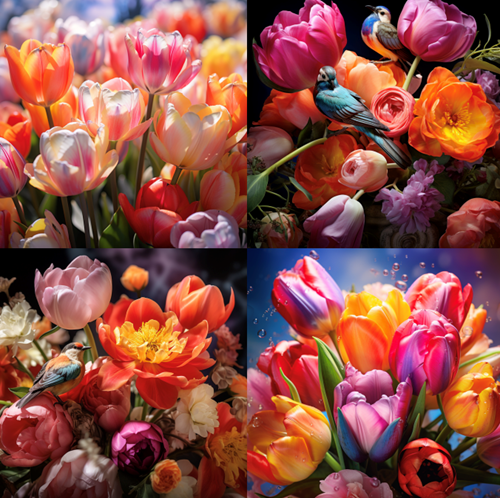
Explore, experiment with the promts (and parameters). Try out different platforms and allow yourself creative freedom (within the framework of your corporate design). Above all, take your time. And record your results so that you can refer back to them in the future and quickly create new images that match your image concept (your corporate design).
Current trends and developments
AI image generation is increasingly being used in creative photography and illustration and you can use it to create images that go far beyond what is/was traditionally possible. AI technology makes it possible to simulate complex scenarios, create realistic textures and much more.
Practical tips:
- Choose the right tool for you: Each tool has its strengths and areas of application. Some tools are better suited to image editing, while others are better suited to image recreation.
- Integrate the results of AI image generation into your communication strategies: AI-generated images can visually enhance your communication and appeal to your target group in new ways. Use this opportunity to convey your message in a unique and appealing way.
- Training and learning resources: Use the numerous online resources (especially YouTube) to learn more about AI image generation and improve your skills. There are many tutorials and courses that can help you learn the basics and hone your skills.



